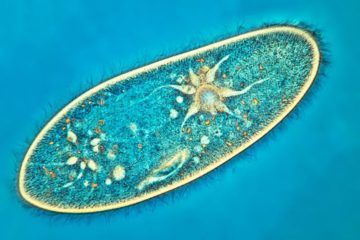David Shaywitz in The Wall Street Journal:
 In 1665, the British polymath Robert Hooke published an unexpectedly popular picture book, “Micrographia.” It featured drawings of household objects and inhabitants that were normally barely visible—pests in particular. But they were presented at enormous magnification, having been detected by means of the cutting-edge technology of the day: a compound, two-lens microscope.
In 1665, the British polymath Robert Hooke published an unexpectedly popular picture book, “Micrographia.” It featured drawings of household objects and inhabitants that were normally barely visible—pests in particular. But they were presented at enormous magnification, having been detected by means of the cutting-edge technology of the day: a compound, two-lens microscope.
Somewhere between page-size images of ants, fleas and lice was an innocuous rendering of a magnified piece of cork. It contained, Hooke observed, “a great many little boxes,” which he called “cells.” (They were actually the encircling walls that plant cells had built.) Over the next three centuries, cells would move from a tiny architectural curiosity to the center of the biomedical universe, embodying the fundamental unit of life. Cells are the origin-point of disease and the target of medical therapy. Increasingly, they constitute the treatment vehicle itself.
More here.
